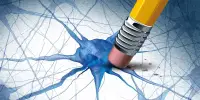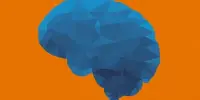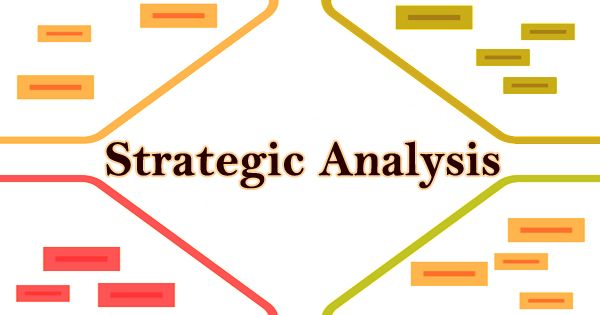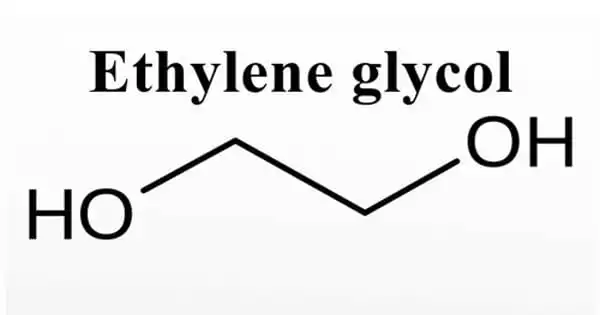Scientists from the Universities of Birmingham and Oxford have identified a region of the brain that is specifically involved in putting forth an effort to assist others. The study, published in Current Biology, demonstrates that effortful altruistic behavior (choices made to help others) occurs in a different part of the brain than physically demanding choices made to help oneself.
Understanding what happens in the brain when these decisions are made could aid clinicians in developing approaches for treating psychopathic behavior. It may also be useful in better understanding why people are willing to engage in everyday effortful helping behaviors such as volunteering, recycling waste to reduce global warming, or stopping to assist strangers.
The area identified, called the anterior cingulate cortex gyrus (ACCg), is located towards the front of the brain. It is known to play a role in social behavior, but has not previously been linked to putting in effort to help others. Interestingly, the researchers found that the ACCg is not activated when individuals make effortful decisions that only benefit themselves.
From holding open a door to volunteering for a charity, we frequently have to decide whether we can be bothered to put in the effort to help other people out, but the brain mechanisms behind these acts have remained elusive.
Dr. Patricia Lockwood
“From holding open a door to volunteering for a charity, we frequently have to decide whether we can be bothered to put in the effort to help other people out, but the brain mechanisms behind these acts have remained elusive,” says Dr. Patricia Lockwood, the paper’s first author. “By identifying the specific brain region that is activated when people need to exert effort, we have taken a step closer to understanding what drives some people, but not others, to perform what are often physically demanding decisions to help people – even when it does not directly benefit them.”
In the study, the researchers worked with 38 participants aged between 18 and 35. All participants were each asked to take part in an effortful decision-making task and to complete a questionnaire to self-assess their empathy levels.
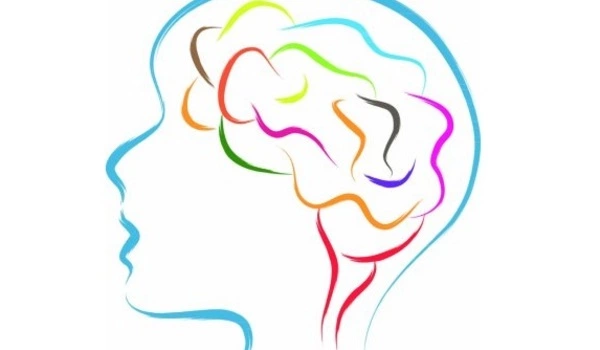
The participants made decisions while undergoing a functional MRI scan. This identifies different areas of the brain which are activated while people made decisions to either “work” or “rest” to help themselves or someone else.
They had to squeeze a device that measured their grip strength if they chose the work option. They had to do this for a long enough period of time to reach a threshold, which they could see on the screen in real-time. They were told whether they would be working for themselves or for someone else for each decision. If they decided to put in the effort, they had to squeeze hard enough to reach the threshold and receive the reward, which was a different number of points that could be converted into money for themselves or the other anonymous person they were playing for.
The researchers were able to identify patterns in the brain that showed how much effort they were willing to put in by using a new statistical technique to analyze the data. They discovered that when people made decisions to help others, the ACCg was the only brain area that showed the effort pattern, but it did not activate at all when they made decisions to put in effort to reward themselves. Surprisingly, those who reported having a high level of empathy had the strongest effort patterns in ACCg. The researchers also discovered that those who represented effort more strongly in the ACCg used more grip strength to assist others.
The research team’s next step will be to look into what happens to effortful helping behavior in people who have had lesions in that area of the brain caused by a stroke or another type of brain injury. They will also investigate what happens in people who exhibit high levels of antisocial behavior, and whether their willingness to put effort into activities and help others differs.

